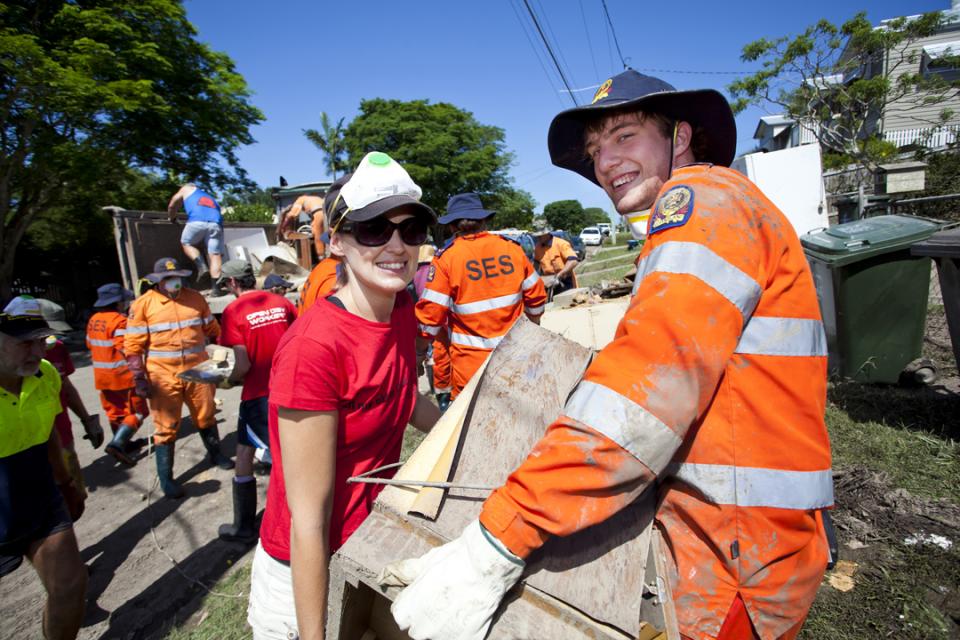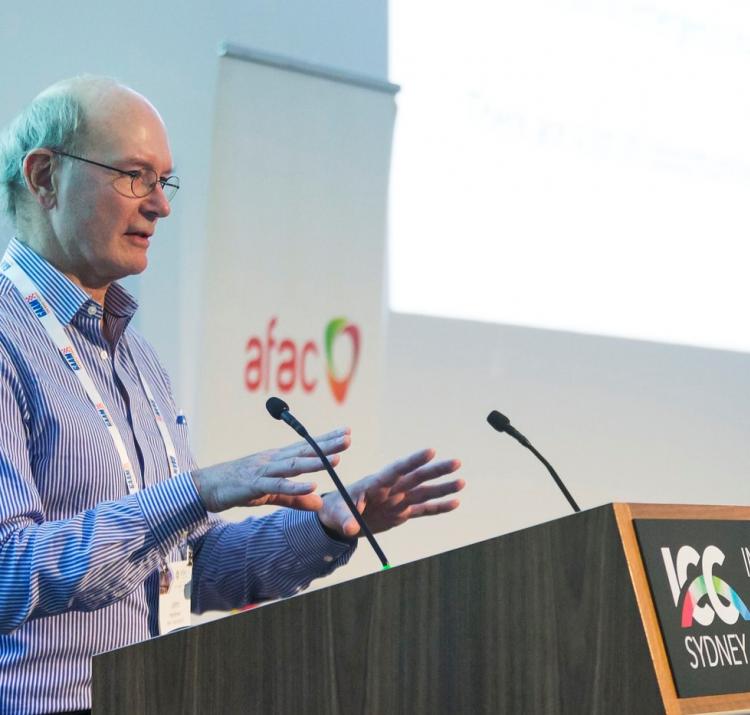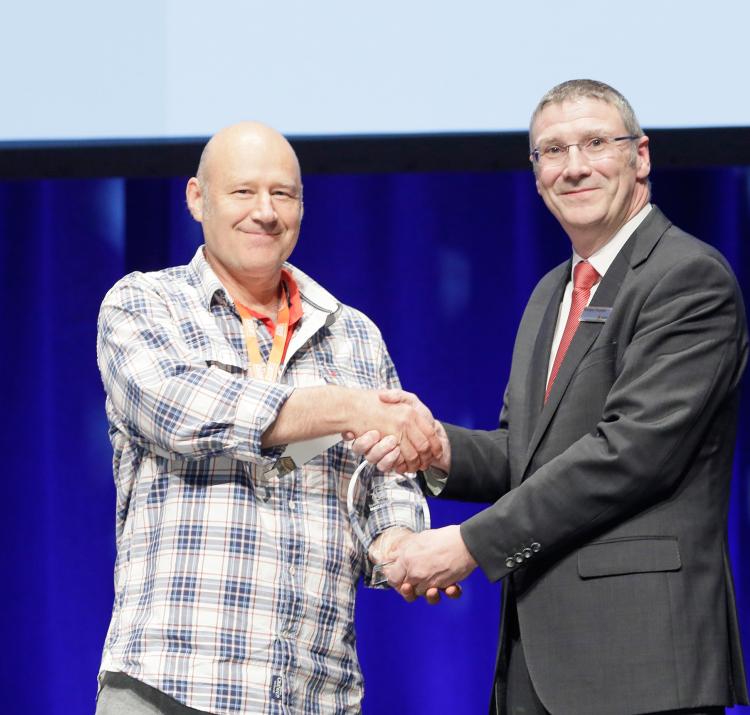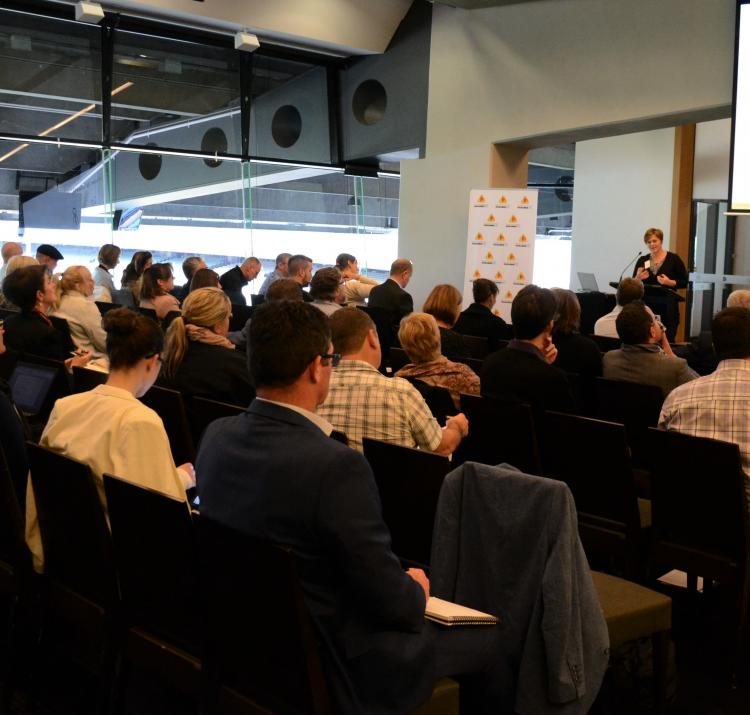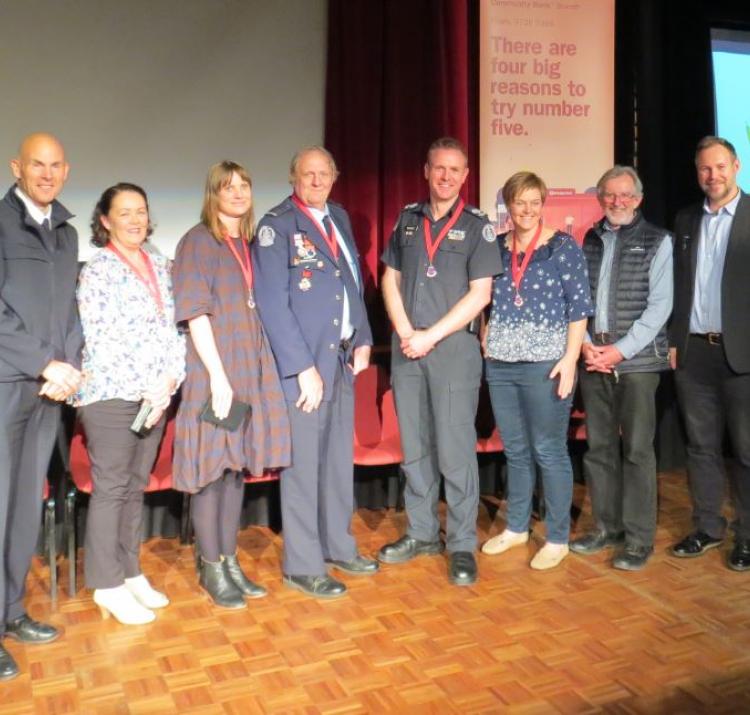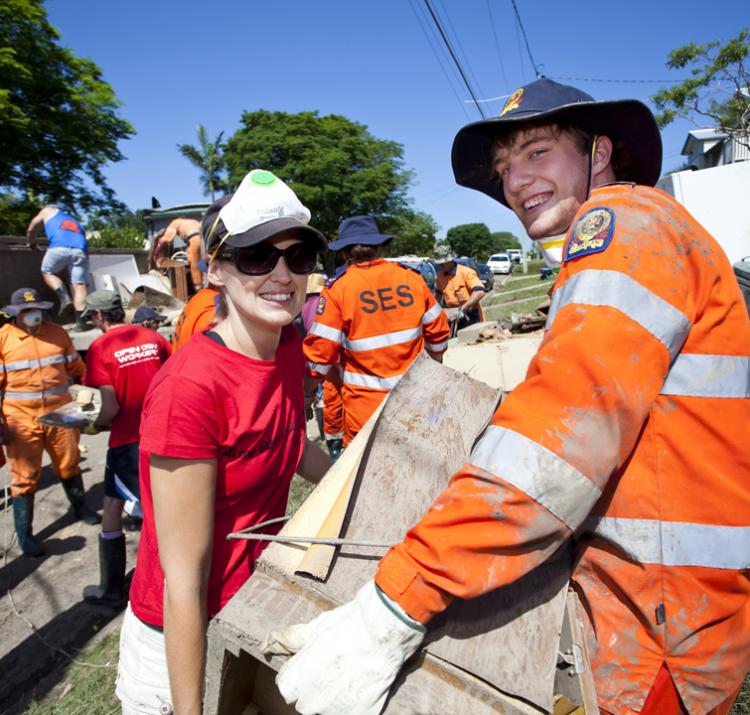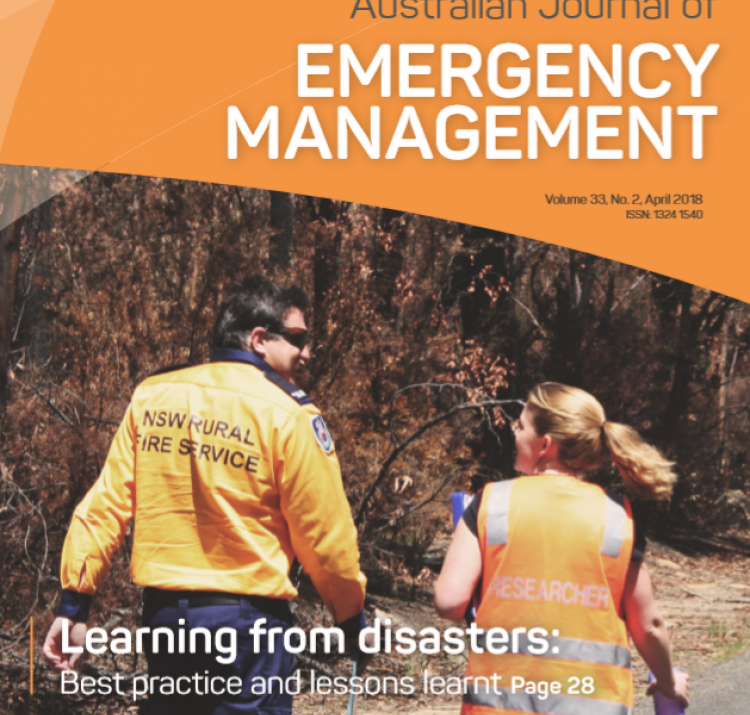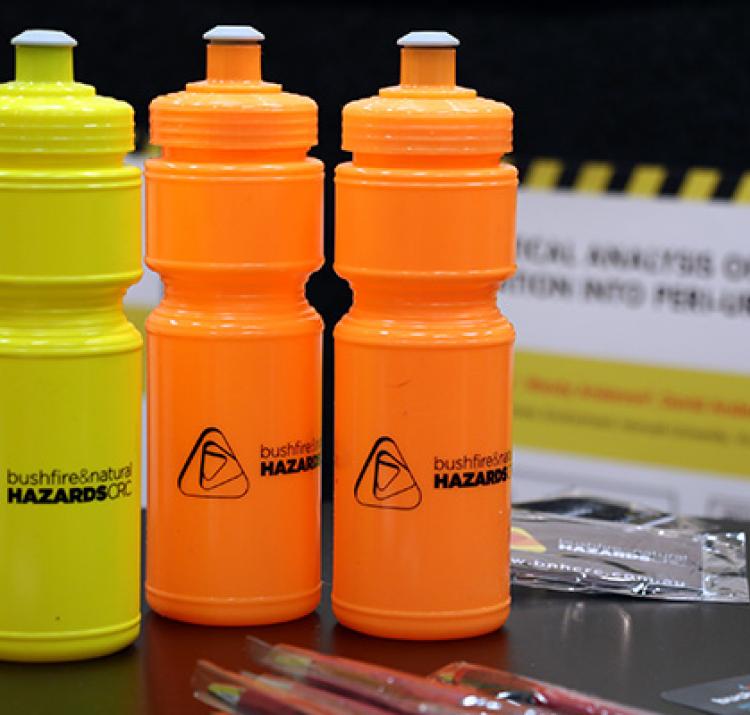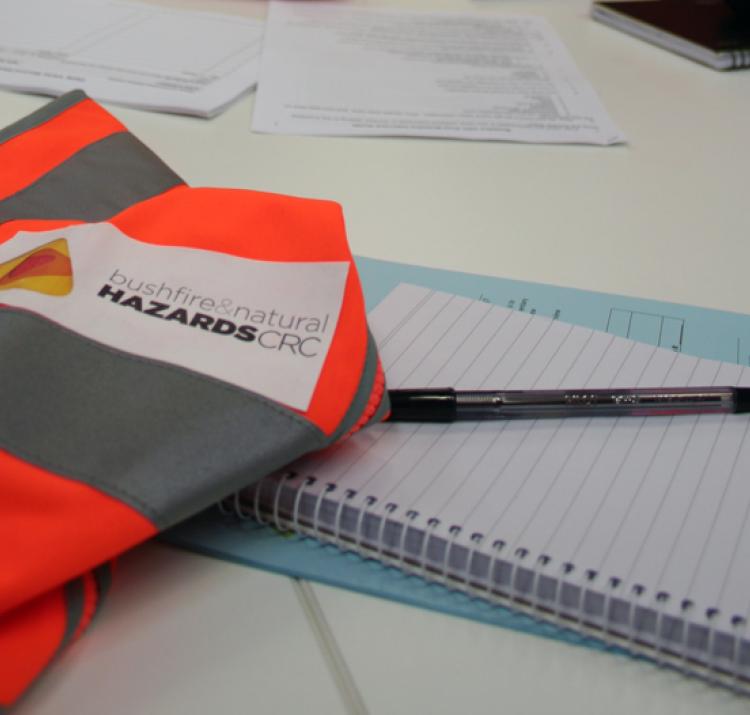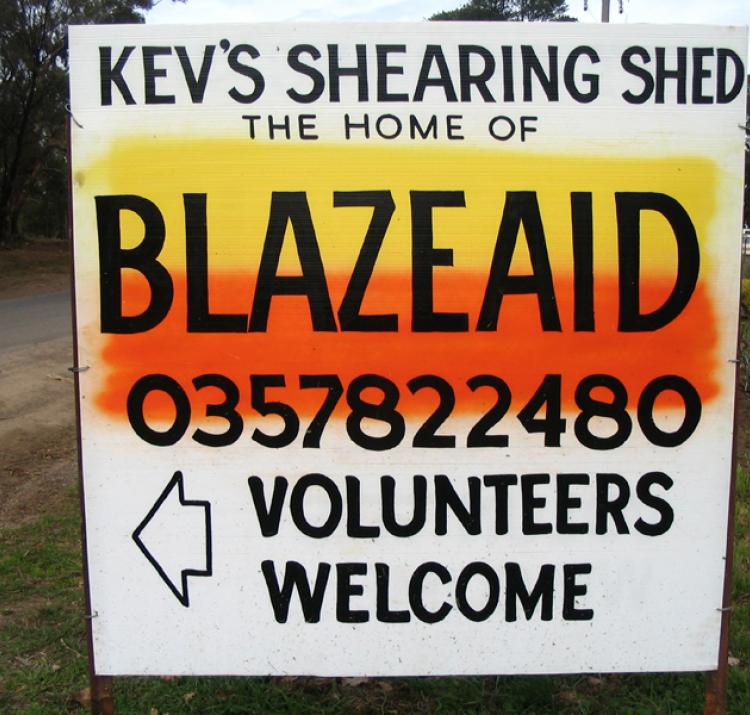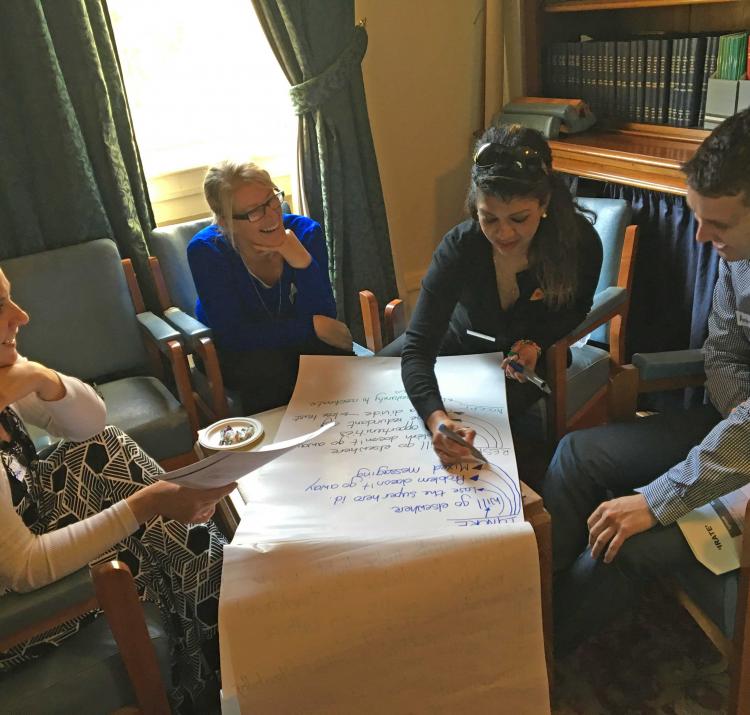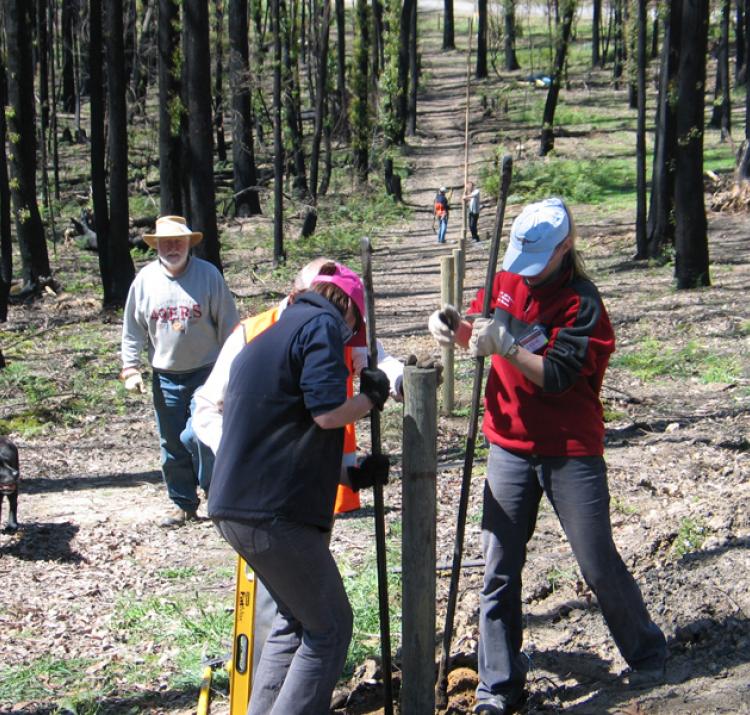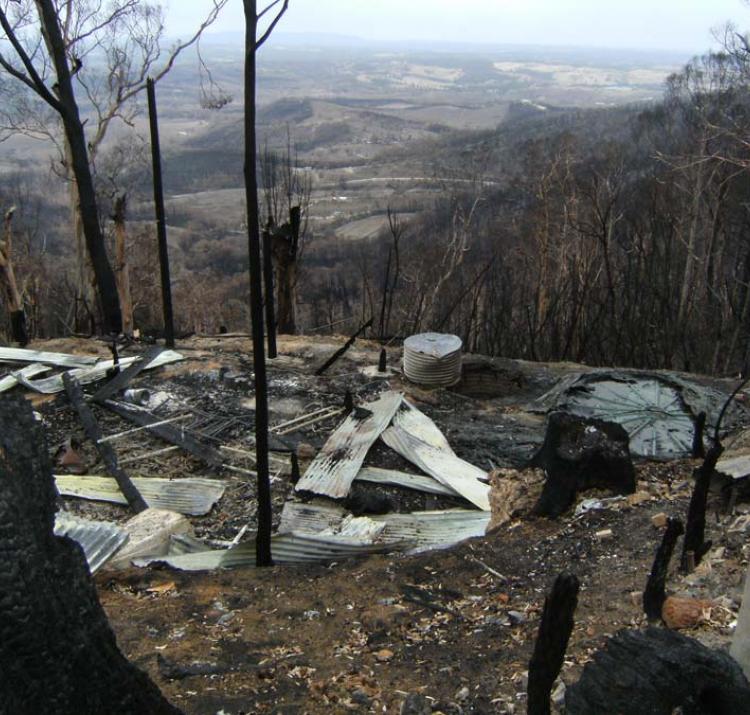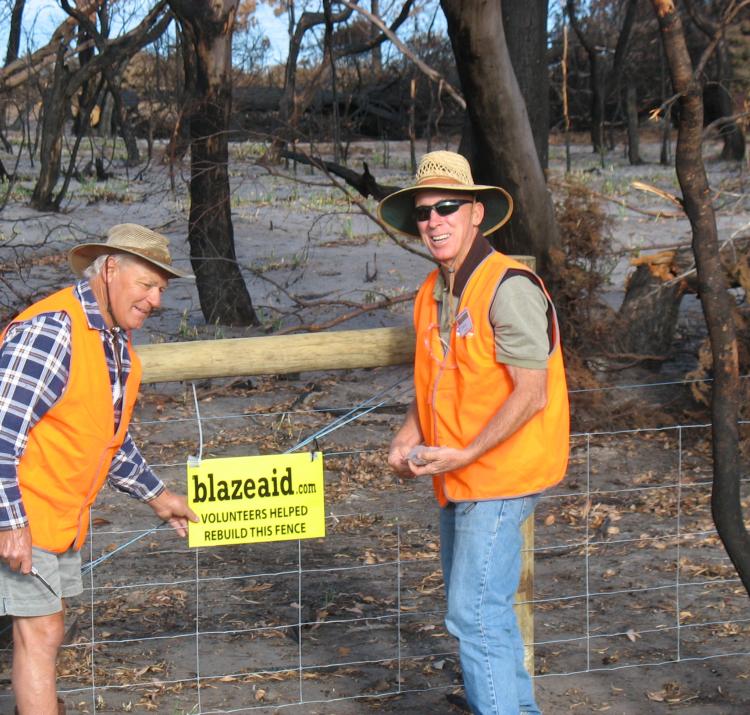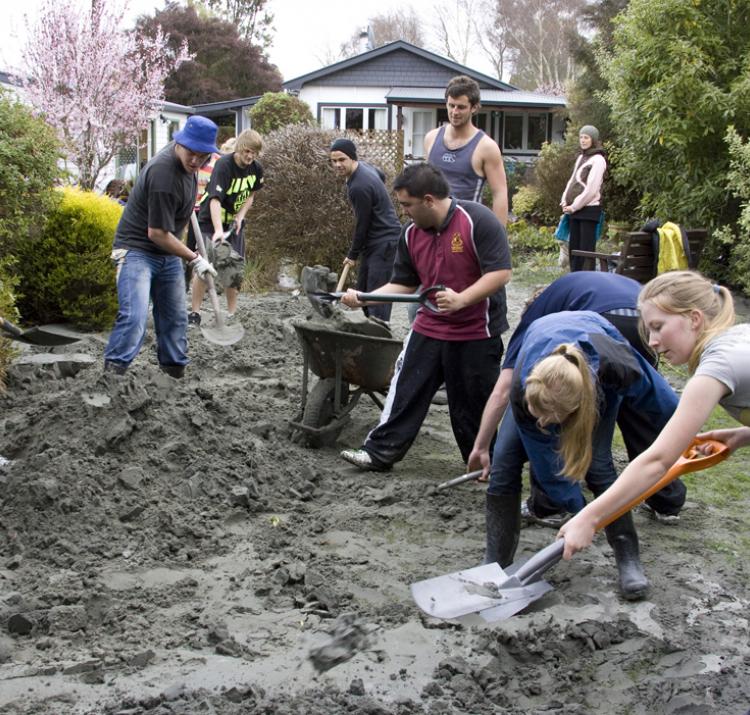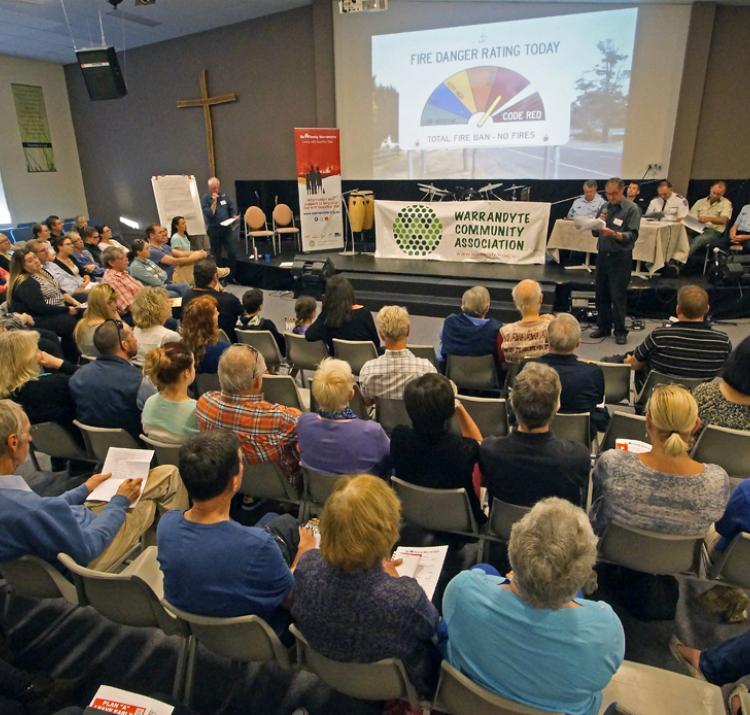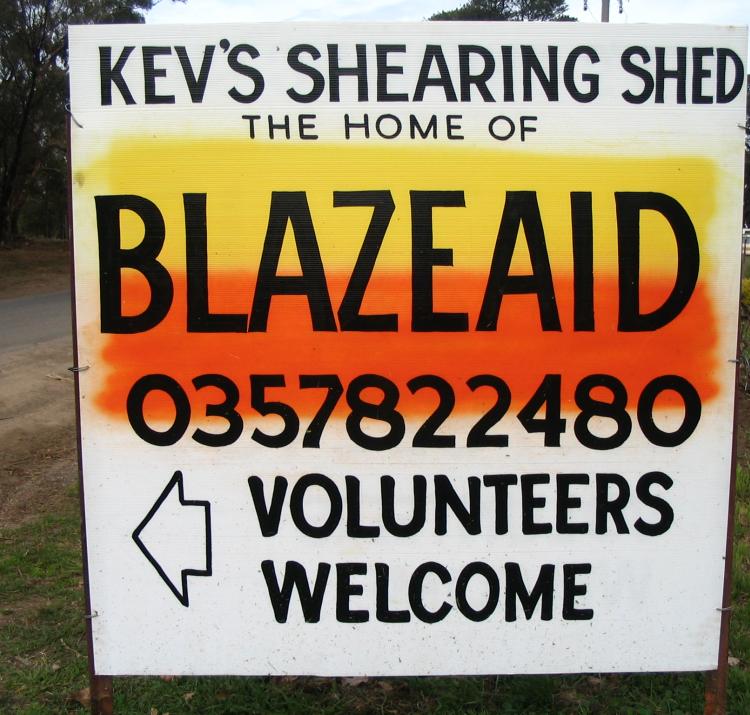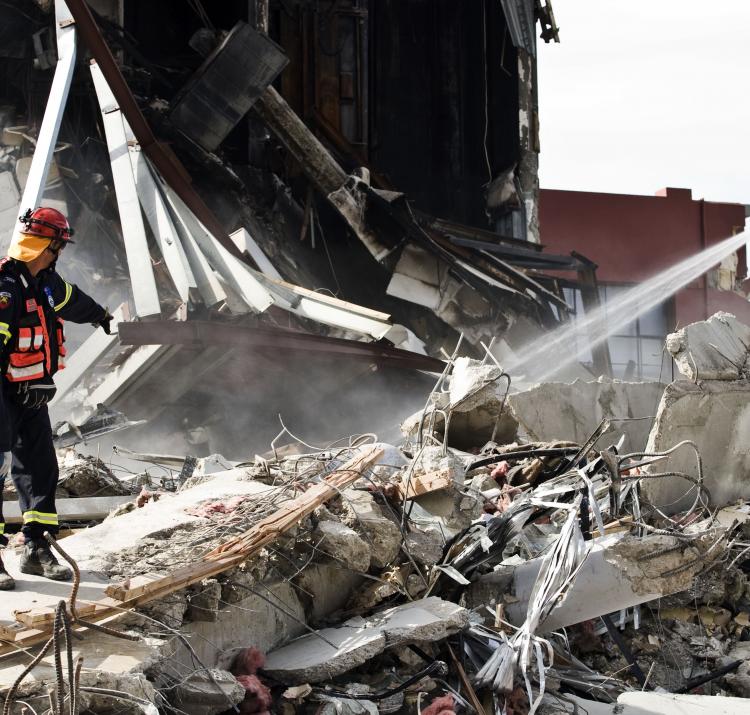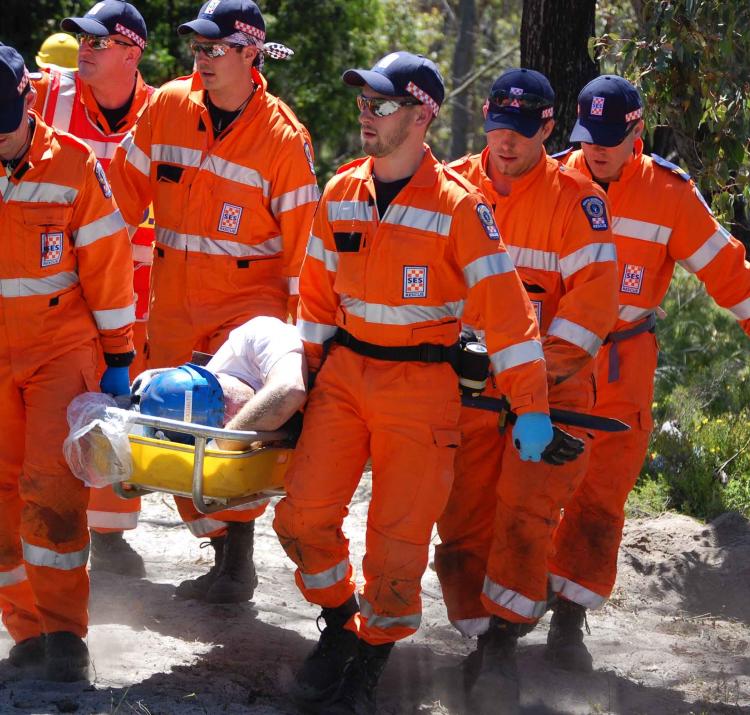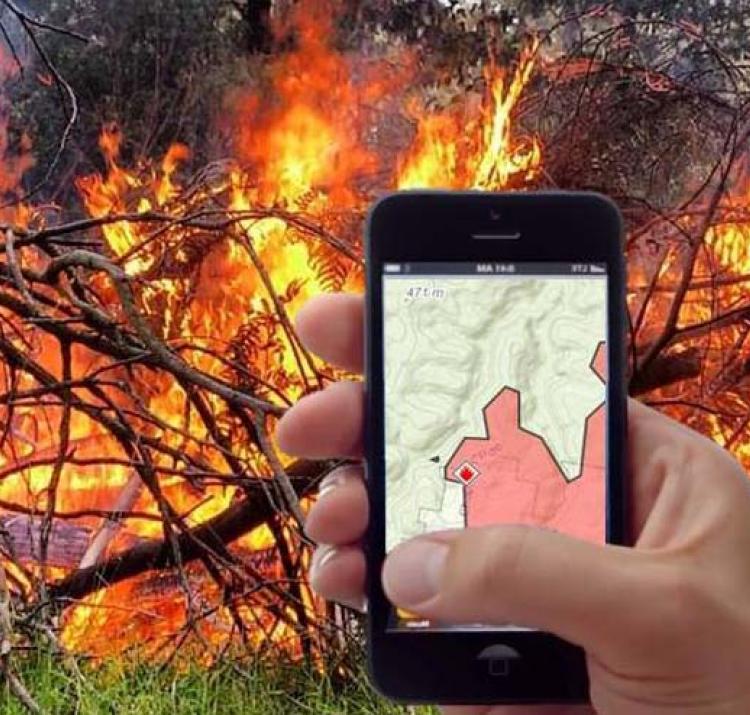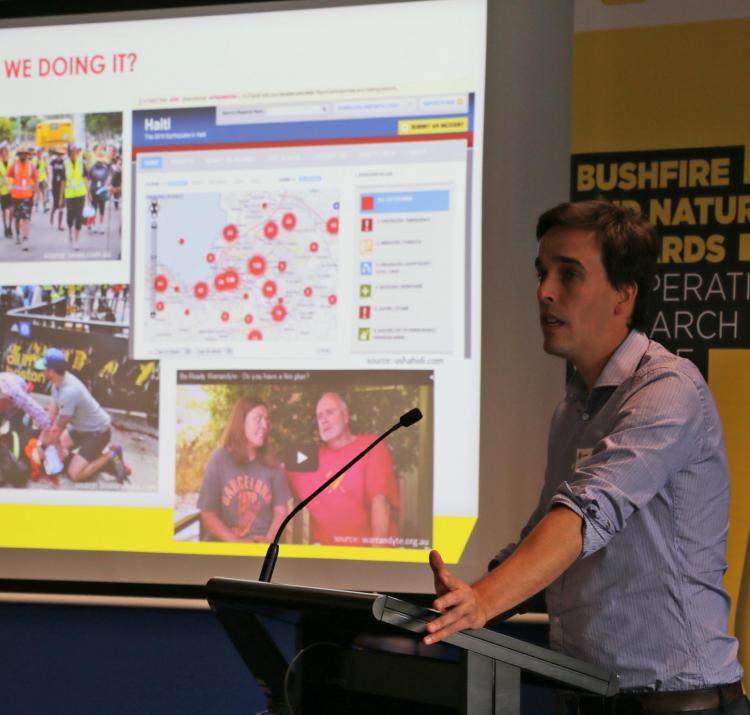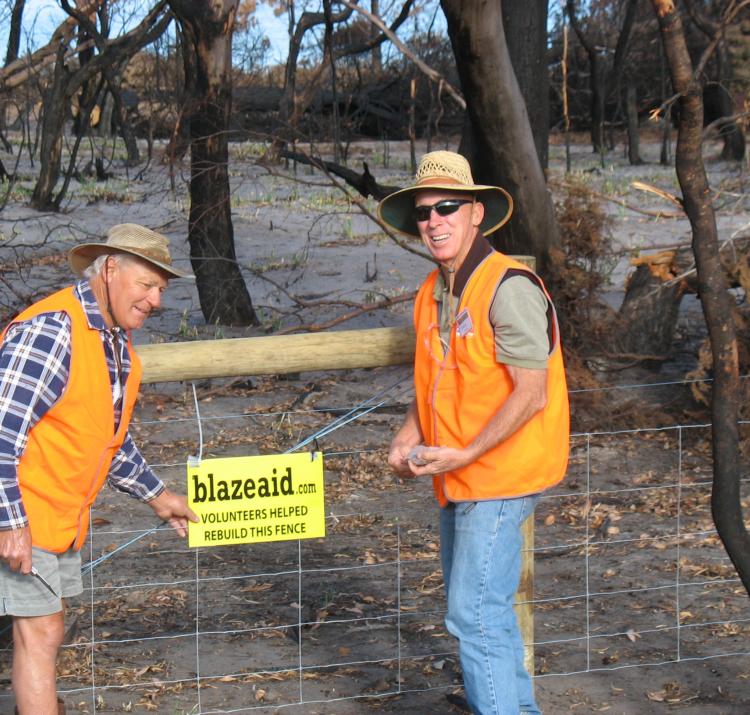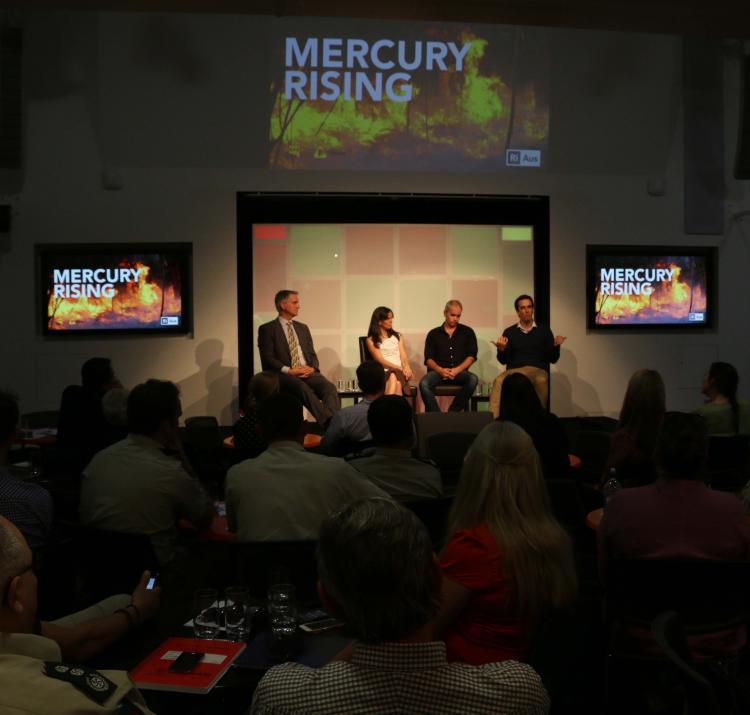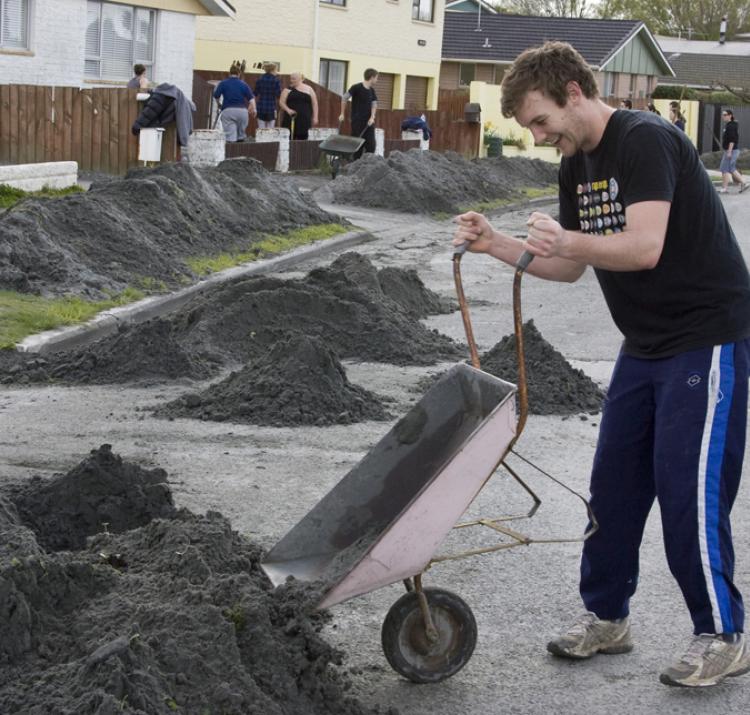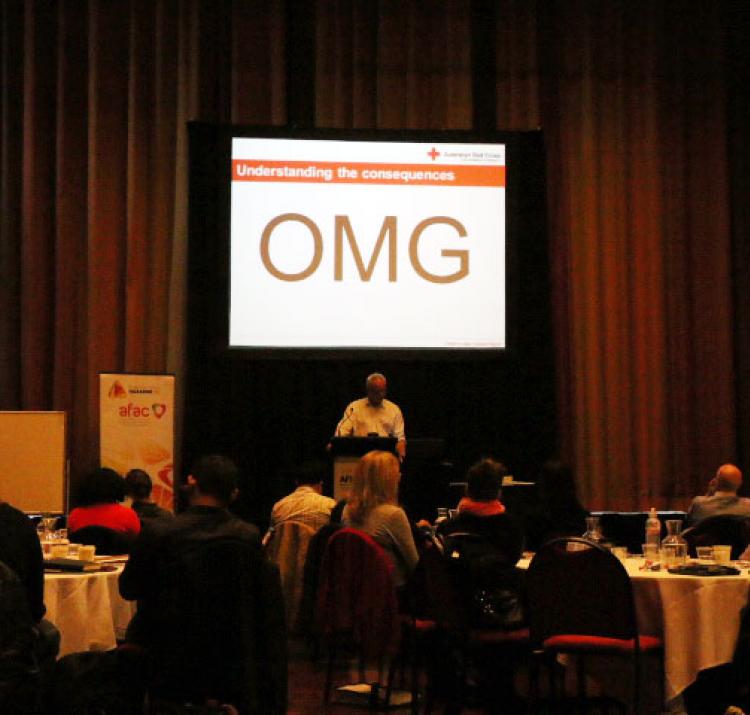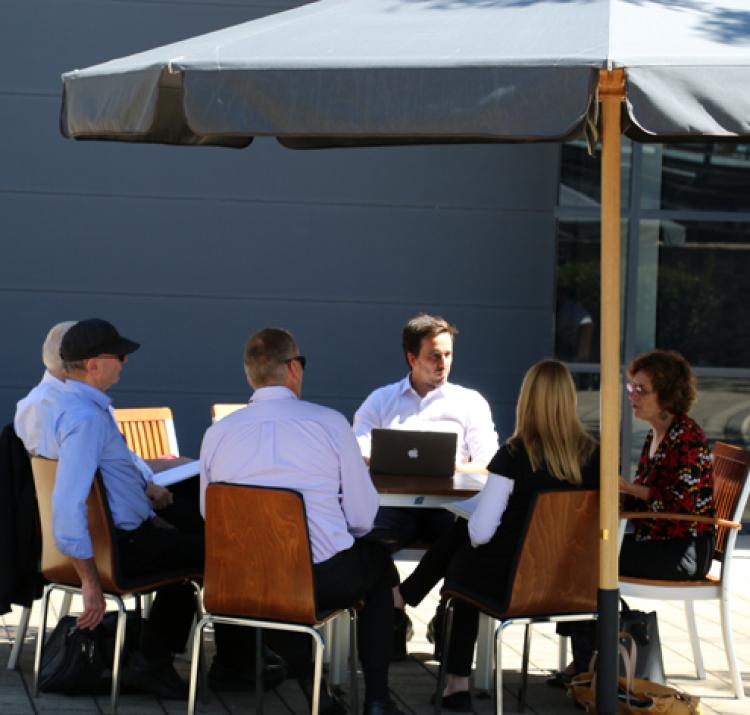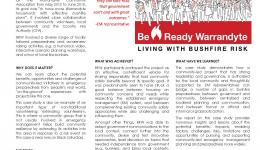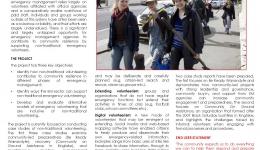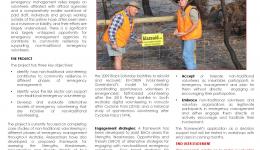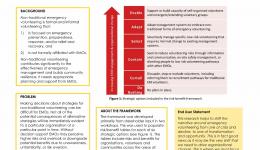Research leader
Research team
End User representatives
Student researchers
How people volunteer to keep their community safe from natural hazards is changing. As our work and life commitments change, many people do not have the time to dedicate to traditional ways of volunteering with an emergency service, undergo the required training and develop the ability to respond to potentially dangerous situations. But they still want to help, and they still want to volunteer.
There is also now more attention being given by the emergency management sector to non-traditional or informal emergency volunteers – people who volunteer without affiliation with the established organisations that have recognised roles in emergency and recovery plans. Agency leaders show a variety of attitudes and approaches to non-traditional emergency volunteers – some see them as creating legal and occupational health and safety risks for the agency, and as distracting the organisation from its core business. Others view them as a basis for surge capacity, a valuable resource and almost always the initial responders.
This project investigated current and emerging issues around volunteering and volunteers responding to disaster events, and the different factors that can influence people’s participation in non-traditional emergency volunteering.
Case studies were undertaken, selected to ensure coverage of different stages of disaster risk management, hazard types and types of non-traditional emergency volunteering. They include community led preparedness (Be Ready Warrandyte), community-led recovery (Community on Ground Assistance in Kinglake), spontaneous volunteer management (Volunteering Queensland’s Emergency Volunteering Community Response to Extreme Weather), the role of volunteers from faith-based groups in recovery (Pinery fire, South Australia), digital volunteering following 2015’s Cyclone Pam in Vanuatu, and a review of the national surge capacity for response that occurred for Cyclone Tracy in Darwin (1974).
These case studies have identified four key large-scale forces reshaping the nature of volunteering in the 21st century. These are changing lifestyles and values and the changing nature of work; the impact of new communications technology; greater private sector involvement; and growing government expectations of and intervention in the voluntary sector.
Five key areas of focus have also been identified to best capitalise on emerging opportunities, providing evidence and impetus to shift away from a reliance on traditional, structured volunteering models, to models that are more flexible, adaptive and inclusive of newer and diverse volunteering styles.
Emergency management organisations are aware of this shift in the volunteering landscape and its impacts, and in some instances are already responding. Findings from this project are being used to address these areas, with change makers at organisational, jurisdictional and national levels driving a shift towards more flexible, adaptive and inclusive volunteering models.
The research has influenced key national initiatives, with findings used extensively for the development of the National Spontaneous Volunteer Strategy by the Australia–New Zealand Emergency Management Committee. The strategy provides advice to emergency service agencies on best practice principles, as well as what they need to be aware of, and what they need to consider and plan for when working with spontaneous volunteers. Important issues such as legal obligations and social media are also covered, with this research integral to the strategy’s content.
Building on this, the Australian Institute for Disaster Resilience is drawing directly on the research to develop a new handbook on spontaneous volunteer management. The handbook will provide important guidance for organisations on how to incorporate the principles of the National Spontaneous Volunteer Strategy, and the most recent research on spontaneous volunteering, into their own plans and procedures.
The research is also impacting the development of new strategies in volunteer management at the organisational level, for example informing new directions and developments in the Department of Fire and Emergency Services Western Australia and the New South Wales SES. Be Ready Warrandyte, a community group in one of Melbourne’s high bushfire risk suburbs, has also drawn extensively on the research to help educate and support their local community.
The project has provided an important and comprehensive resource to benchmark best practice in supporting and integrating spontaneous volunteerism for emergency service agencies across Australia. The scope and relevance of the project will provide a valuable framework of knowledge for the future.

